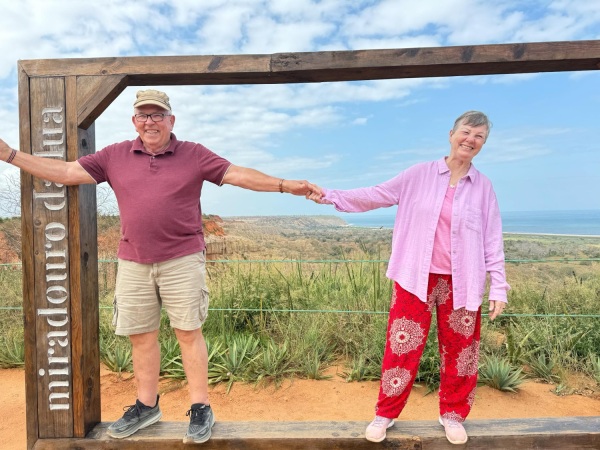
We are nearing the end of our trek around Africa and will soon be in the European waters. It’s so hard to believe we are less than 100 days to the end of our journey. Time has really flown by and with our port intensive last 90 days it will be over before we realize it! What a journey this has been.
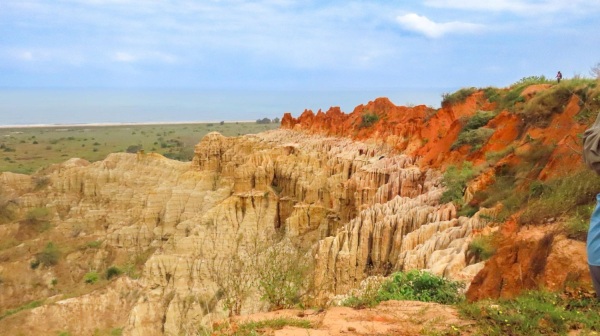
Today we arrived early into Luanda, Angola. A place I’ve never heard of, much less thought about visiting.
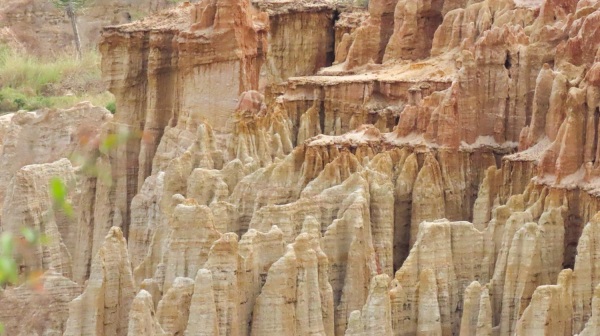
Stepping off the ship, the 80 degrees (F) was a welcome sight since we have dipped into some cooler waters in South Africa. It’ll be a nice day to visit and explore.
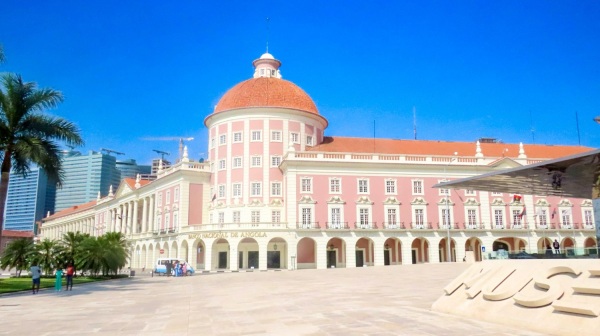
Our journey began with a glimpse into Angola’s past. We had an hour drive to our first stop so our guide provided us a little information. Its history is embedded with Portuguese colonial influence and a long struggle for independence. Luanda itself, the largest Portuguese-speaking capital in the world, played a pivotal role in the Transatlantic slave trade, a dark chapter that left a permanent mark.
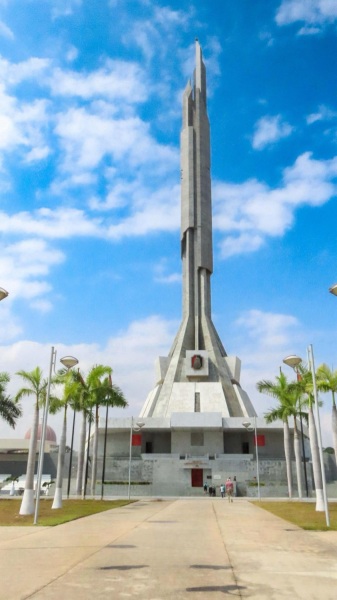
Standing on the dramatic cliffs of the Miradouro da Lua (also known as moon viewpoint), it was hard not to contemplate the human cost of this history. From this vantage point, we were treated to a breathtaking panorama, but the erosion from wind and rain over a thousand years felt almost symbolic of the forced displacement of millions.
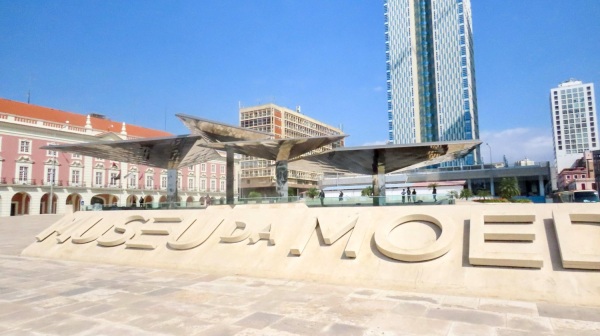
Our next stop, the Slave Museum, brought this harsh reality to light. The exhibits showcased the horrors of the trade, the capture of Angolan people from various ethnicities, the brutal conditions on slave ships, and the backbreaking labor they endured in the Americas. Yet, they also highlighted the resilience of the Angolan spirit, their resistance movements, and the rich cultural traditions they carried with them across the Atlantic.
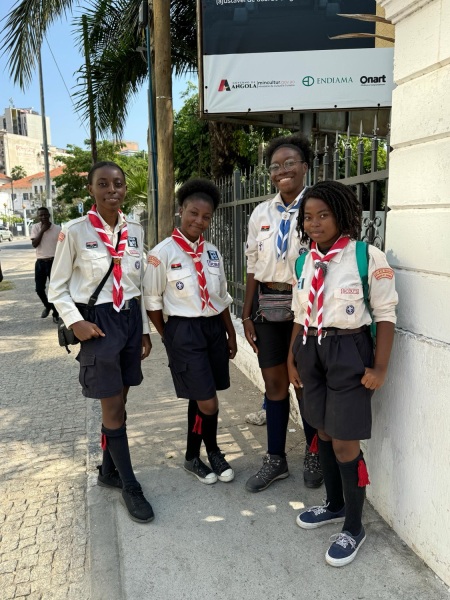
Leaving the museum with a newfound respect for the Angolan people’s strength, we dove into the vibrant present day Luanda. We watched the bustling port with a hive of activity. Here, we saw the colorful work boats loading up to transport holiday goers to another island, their livelihood a stark contrast to the forced labor of the past.
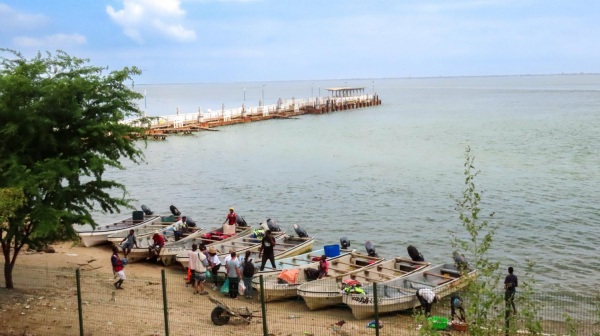
No trip can be finished without a trip to the market! So, we ventured into the Benfica Craft Market. Many creative artists here. From intricate basketwork, a craft likely passed down through generations, to polished wood carvings, the craftsmanship was amazing. We even stumbled upon stalls overflowing with vibrant paintings and traditional dresses, a shopper’s paradise!
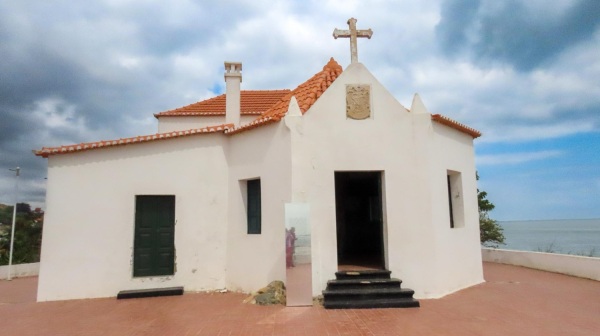
Starting to enjoy a little more history, we couldn’t resist a visit to the Iron Palace, an architectural marvel shrouded in mystery. This two-story structure, boasting intricate wrought-iron work, is believed to have been designed in the late 1800s, possibly by someone associated with the legendary Gustave Eiffel, the mastermind behind the Eiffel Tower.
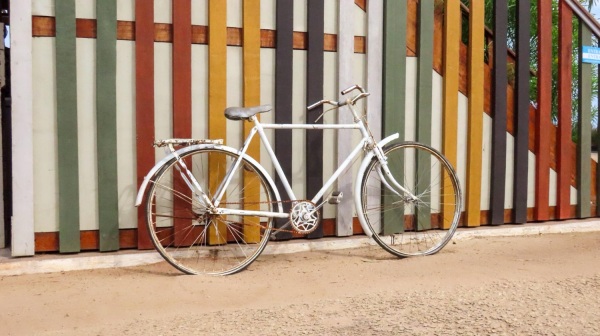
The exact origins of the Iron Palace remain a captivating puzzle. Theories suggest it was pre-fabricated in France, destined for Madagascar. However, fate intervened. The ship carrying the palace parts was swept off course by the treacherous Benguela Current and ended up on Angola’s Skeleton Coast. The Portuguese colonial rulers then claimed the shipwreck and its contents, including the magnificent Iron Palace.
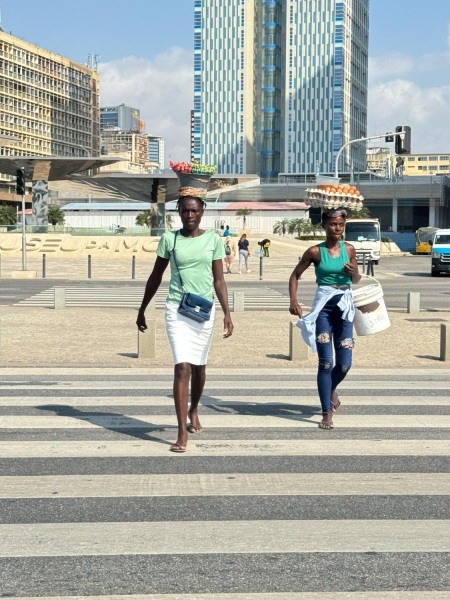
During the colonial era, the palace enjoyed great prestige and served as a prominent art center. After Angolan independence and the subsequent civil war, the palace fell into disrepair. Thankfully, in the 2010’s, a diamond company along with municipal funds undertook a major restoration project.
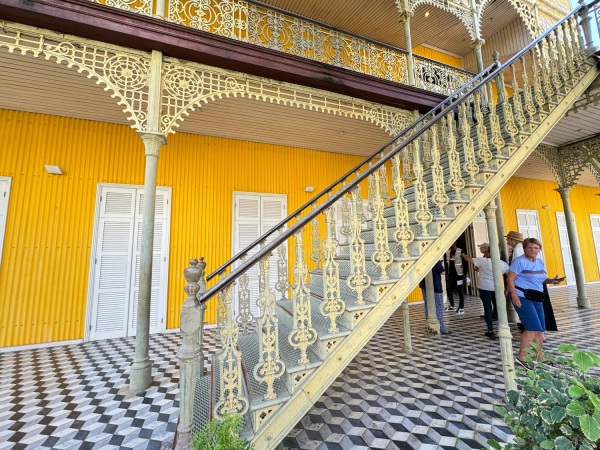
Today, the Iron Palace stands as a testament to both Angolan history and architectural ingenuity. While its future use is still being debated, with possibilities ranging from a diamond museum to a restaurant, it serves as a reminder of the city’s rich and complex past.
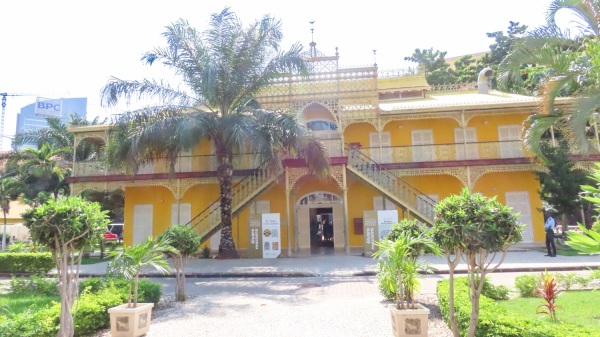
Later, visited the Fortress of São Miguel. This 16th-century Portuguese fort, now a museum, housed exhibits that detailed the role Luanda played in the slave trade.
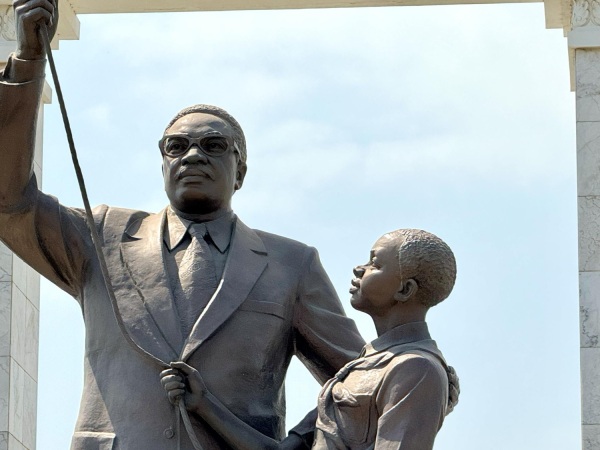
Our next viewpoint was an interesting one. The Dr. Agostinho Neto Monument, a towering structure dedicated to Angola’s first president, served as a powerful symbol of the nation’s spirit. He led the fight for independence, a fight against the very system that had exploited Angola for centuries. This monument was impressive!
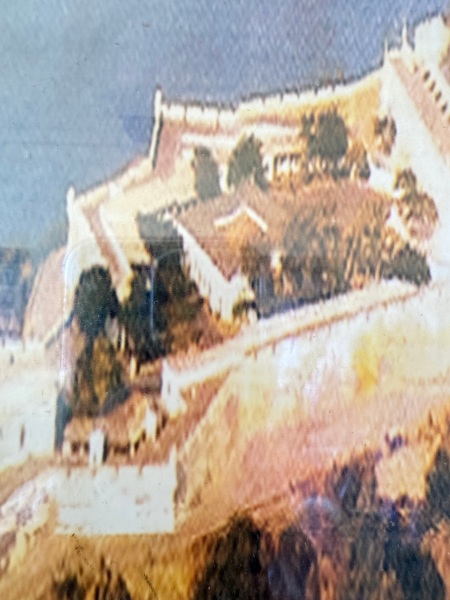
After a whirlwind day of exploration, we needed a cool-down. And what better way than with some local Boabab ice cream? The unique flavor, a delicious fusion of the native baobab fruit, was a refreshing treat.
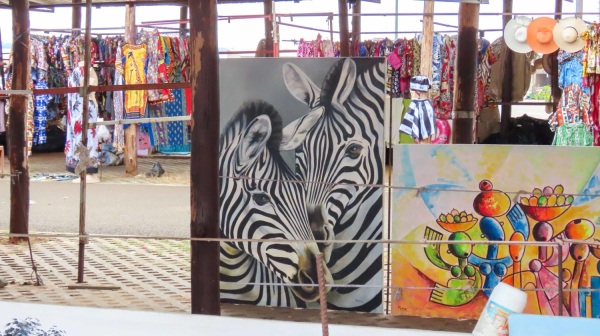
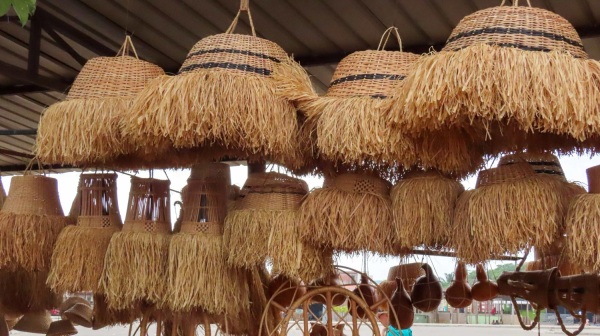
Refreshed, we headed towards the “I Love Luanda” sign, a familiar landmark overlooking Luanda Bay. We had a lot of fun taking photos to forever etch this day in our memories.
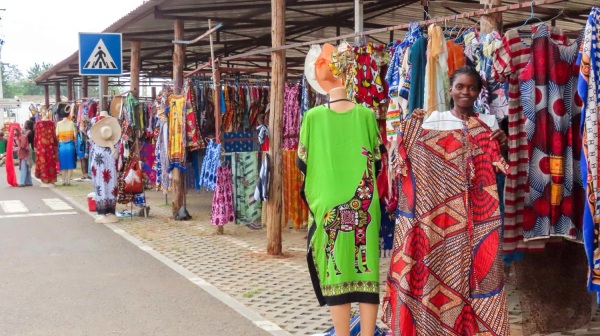
Although Angola was not on our bucket list, it was an interesting place to visit. It’s loaded with slave history. And although it wasn’t a very exciting place we can say we’ve been there and the people were excited we arrived.
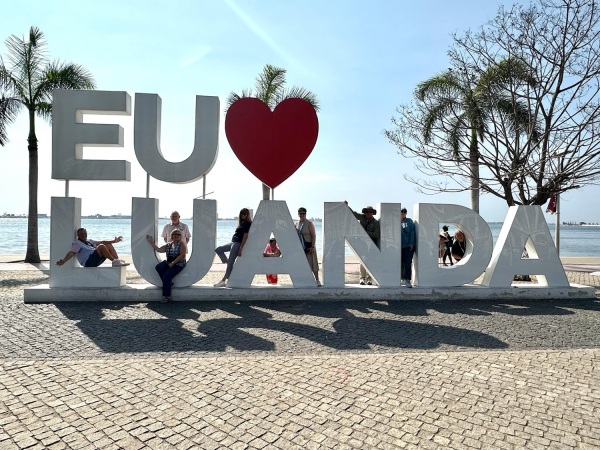
May God bless you always.
Chuck and Lea Ann